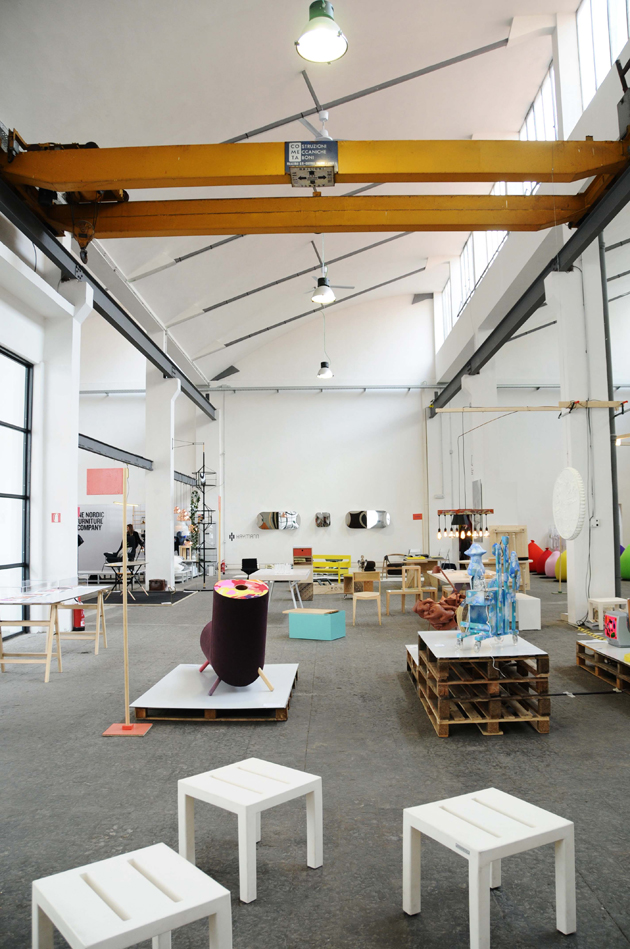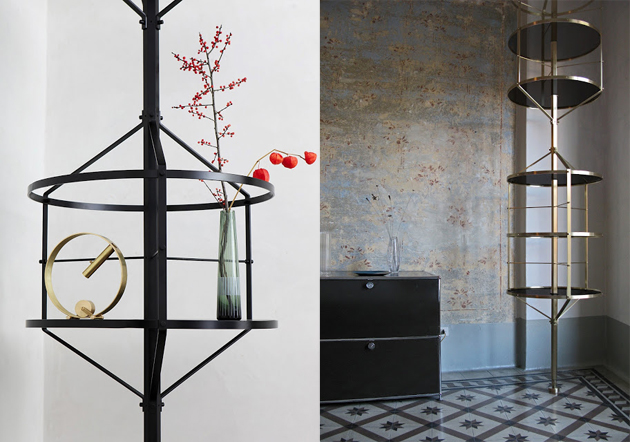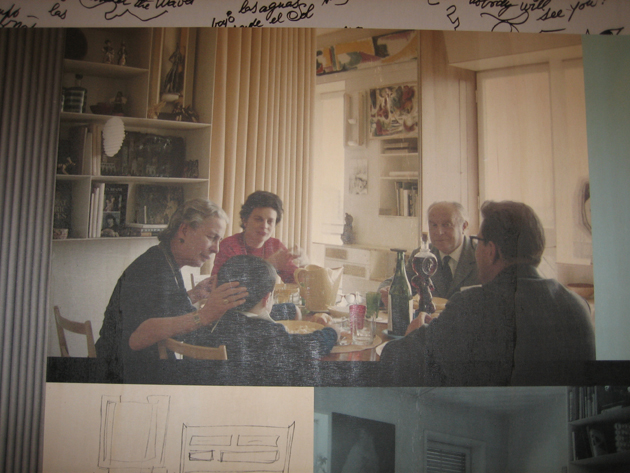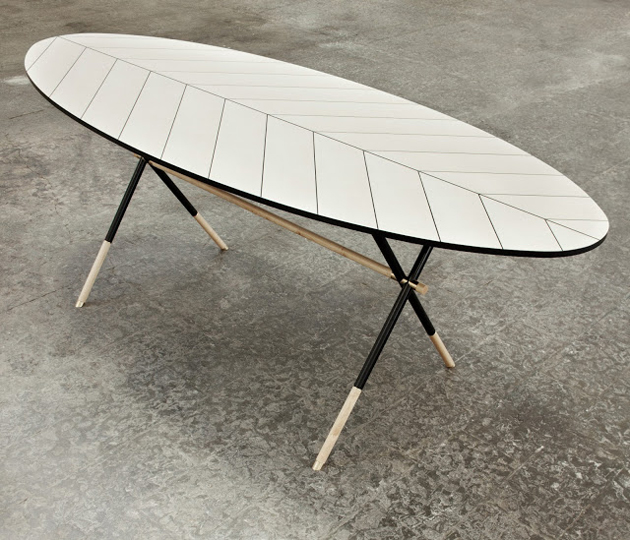Our times seem to go through a paradox: whatever looks “limited” has never been so hype. If, on one side, the design community seems to lose its faith for the universal ambitions of serial mass production, on the other it endorses niche consumption as a loyal expression of its fragmented taste. In this scenario, smallest enterprises are those who gain the greatest advantages, at least in terms of visibility. Differently to big furniture corporations, which are refrained by their organizational routines, small firms are ready to transform flexibility – a primary effect of the supply chain impossibility to absorb new design jobs – into a new creative attitude.
Nevertheless, we should not be mistaken about the eclectic identity that limited edition design has shown in the last decade. Its complex phenomenology, in fact, puts together different players that prove to have little in common: design galleries trading expensive XX and XXI century furniture with the most sophisticated collectors (the insight behind Design Miami’s success), little maisons d’éditions, makers involved in 3D printing, as well as young designers choosing self-production as a chance to combine personal research with a new form of intellectual bread and butter capitalism.

In addition to that, there is also a new avantgarde that highlights the links between design and craftsmanship. That’s the case of Pietro Russo, set designer converted to industrial, long-run collaborator of Pietro Lissoni and now freelance designer devoted to custom-made furniture. His talent in old manufacturing techniques and his passion for precious woods and metals are clear in his pieces like Piuma table, Voliera shelving, or Otto lamp. His work doesn’t begin with a sketch on a piece of paper, but instead is the result of an established professional assignment and is developed as a dialogue with a specific space, mainly a private house under refurbishment. Thus, his approach develops along the legacy of one of the biggest Maestros of modernist Italian design, Gio Ponti, guardian of the value of handicrafts who used to curate with an obsessive care the furniture design of his Milanese homes (Casa Laporte, the house in via Brin and later Casa Dezza), and who, at the same time, would have never designed any piece of furniture without an established commitment.


At the last Salone del Mobile, Pietro Russo showed his work in a collective exhibition that was paradigmatic to understand the development of limited edition type of production in contemporary design. The exhibition, entitled Juice, was curated by Cristina Morozzi, Michela Pellizzari and Federica Sala, and gathered together small design companies devoted to “limited” excellence: young editors (like Secondome Gallery, Colé), new web-based brands (One Nordic), and self-promoted design authors (like Form Us With Love or Massimiliano Adami). Its goal was to suggest us that these blurring boundaries are an unmistakable symptom of the vitality. And that innovation may be driven by the cross pollination of these different attitudes.


